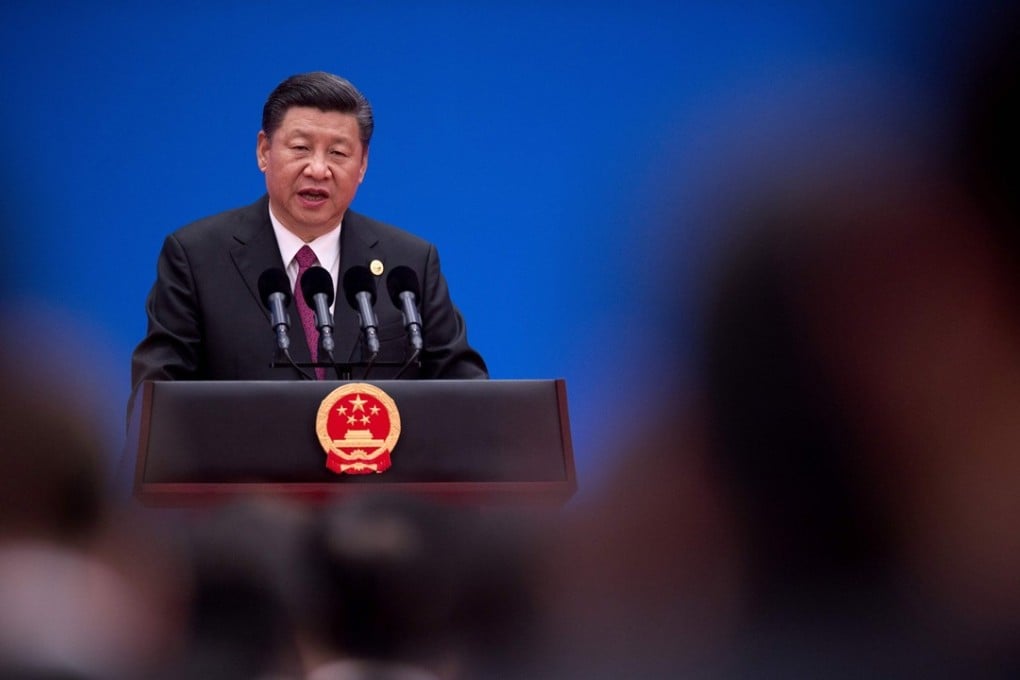Why China’s belt and road must be a pathway to sustainable development
Michel Camdessus says Beijing’s ambitious campaign to promote its infrastructure-driven development model will profoundly change economies in the region and beyond, and China must honour its pledge of keeping growth sustainable

However, over the past 15 years, models of development have evolved. Given the increasingly pressing challenges presented by climate change and related environmental pressures, only a sustainability-led approach to investment can ensure the long-term “common prosperity” that China is seeking along the New Silk Road.
How China’s belt and road can pave the way to global sustainability
First unveiled by President Xi Jinping ( 習近平 ) in 2013, the belt and road project is expected to see US$1 trillion of investment in 64 countries, with one leg following the ancient Silk Road route from China to Europe, and another stretching from China to Southeast Asia and East Africa by sea.
It will see China exporting its infrastructure-driven development model across Asia into East Africa and even Europe. Chinese finance will support Chinese developers, partnering local and international enterprises, undertaking transport and energy projects. The initiative’s geographic scope takes in more than 50 per cent of the world’s population, 75 per cent of its energy resources and 40 per cent of global gross domestic product.
Multimedia special: The five main projects of the belt and road explained
The initiative will profoundly influence the economic development of the countries involved. It will more fully integrate their markets into the global economy, allowing them to better exploit their natural resources and ensure that their demographic dividends are invested rather than squandered.
